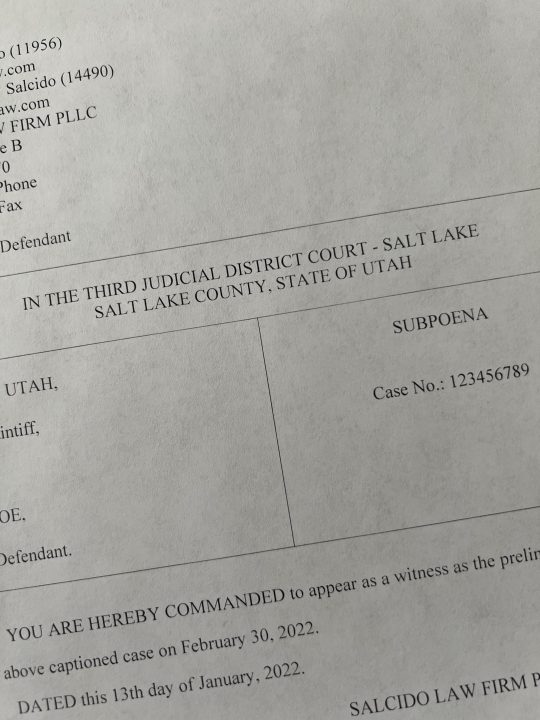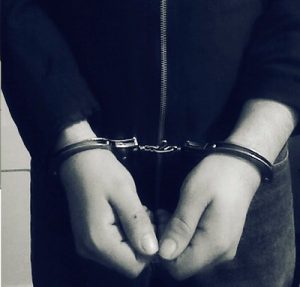The right to a trial by jury is one of the the oldest recognized by our federal and state constitutions. This right gives some protection from being at the mercy of a government official, who may have his own biases, prejudices, and even loyalties that are not in the best interests of the defendant who is on trial. Jury selection is a process that requires good legal counsel and attorneys who are experienced with selecting juries as the selection process may make the difference between a guilty and not guilty verdict. The number of jurors depends on the type of case:
- There are 12 jurors in a capital case;
- There are 8 jurors for felony cases where the defendant can go to prison or jail for more than a year;
- There are 6 jurors for class A misdemeanors;
- There are 4 jurors for class C and B misdemeanors.
Jury Pools Are Randomly Selected
The jury pool consists of people who are summoned for jury service. Typically it includes about 4-5 times the number of people who will actually serve on the jury. The jury pool is randomly selected and is supposed to represent a fair cross-section of the populace. Individuals receive a summons in the mail that requires the recipient to show up at the courthouse on a date and time certain for jury services.
Selection the Jury
On the date of trial, the parties and their attorneys arrive at the courthouse and sit at the counsel tables. The members of the jury pool is then admitted by the bailiff where they are seated in a specified order. Once they are seated the judge welcomes them and the parties and their counsel are introduced to the jury.
The actual jury is selected through a process known as voir dire, which is basically a series of questions that the judge, the attorneys, or both can ask the members of the jury pool to try to determine if there are any reason to exclude any member from the jury. Voir dire is the process for determining biases, prejudices, knowledge of the case, presumptions, etc. that may make any individual unfit to serve on the jury.
Once voir dire is completed the attorneys are each given three strikes, meaning they can exclude any three people from the juror for whatever reason. Attorneys can also move the court to exclude a potential juror for cause, which means the individual has given a valid reason why he should not be allowed on the jury. The prosecutor gets to use his first strike first, then the defendant, and then it alternates between them in that order until each party has used his three strikes. After all strikes have been used and any motions to exclude for cause have been decided by the judge, the jury is then selected by taking the 4,6,8, or 12 individuals in order as they remain. Thus, an individual who is number 30 in the jury pool is highly unlikely to be chosen for the jury, whereas numbers 1-15 are likely to be chosen depending on the number of jurors who are on the particular case.
Once the jury is chosen the prosecution puts on its case followed by the defendant. At the conclusion of the presentation of evidence, the jury deliberates to decide whether the defendant is guilty or not guilty.




